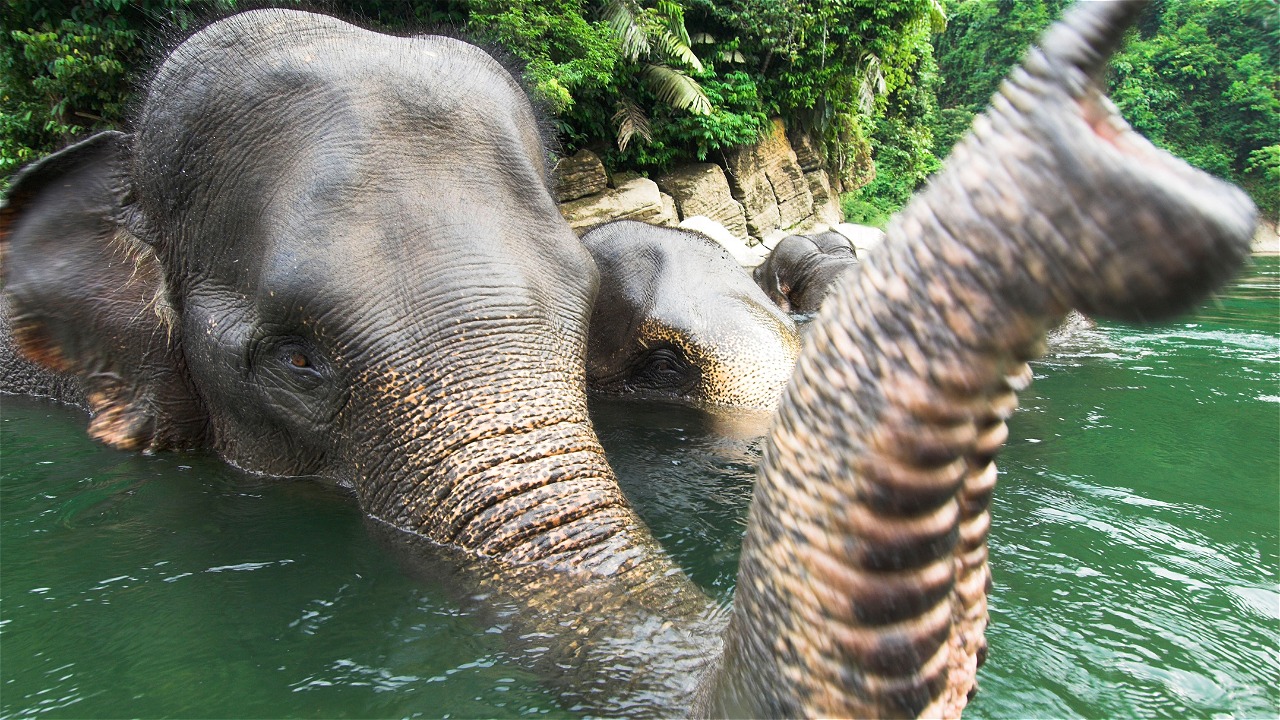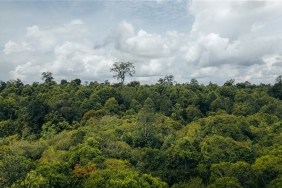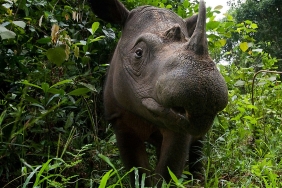COEXISTENCE OF ELEPHANTS AND HUMANS
By: Wishnu Sukmantoro
One of the biggest problems of Sumatran elephants is overlapping with community activities. In many places in Sumatra, 80-90% of Sumatran elephant habitat has been co-opted by natural resource management companies and communities so that human-elephant conflict is inevitable and becomes access for some groups for the purpose of ivory poaching.
Balai Raja - Riau Province has been an elephant habitat area for a long time. Massive forest clearing occurred and resulted in almost all forests as elephant habitat being lost to oil mines, gardens and settlements. Now the forest area only remains around 150 ha. Conflicts with elephants occur almost daily, causing casualties on both sides. The condition of Balai Raja is an example of various places in Sumatra that are currently experiencing natural forest degradation and wildlife conflicts, especially elephants with the community.
Conflicts occur because elephants enter settlements, community gardens or enter oil complex housing and damage gardens, houses or destroy fields, causing resistance from the community. This resistance can lead to the death of elephants or humans being injured or even killed. The loss to the community is fairly large when viewed from the extent of the destroyed garden or field, but can be fairly small because elephants only eat specific plants.
Conflict Mitigation
Elephants are generally treated as pests, just like wild boars or other pest species. It is no wonder that there are various conflicts between elephants and humans. But it turns out that there are many ways to reduce conflict with elephants. Some of the ways include using elephant trenches, electric fencing (shock-current wire), using chili (chili fencing), using tame elephants to chase and herd elephants (like the flying squad in Riau), and carbide cannons or fireworks. These practical techniques are used by companies and communities across Sumatra. Efforts to reduce conflict by relocating elephants are being abandoned because the wild elephants are at risk of dying and there is no place to put them safely unless they are tamed. In essence, this conflict mitigation forces elephants to separate themselves from human life in order to reduce human loss.
Elephant trenches are static physical barriers, electric fencing or chili fencing are static psychological barriers, carbide cannons or fireworks and the use of tame elephants are dynamic psychological barriers. All of these methods can reduce conflict in certain places. However, these methods are not free from some weaknesses on the technical side. Elephant trenching and electric fencing techniques require expensive maintenance and discipline. Chili fencing is cheap and does not require detailed maintenance, but it is not necessarily effective because the chili material can be washed away by rain. There is research literature that states that this technique is not suitable for dealing with Sumatran elephants.





